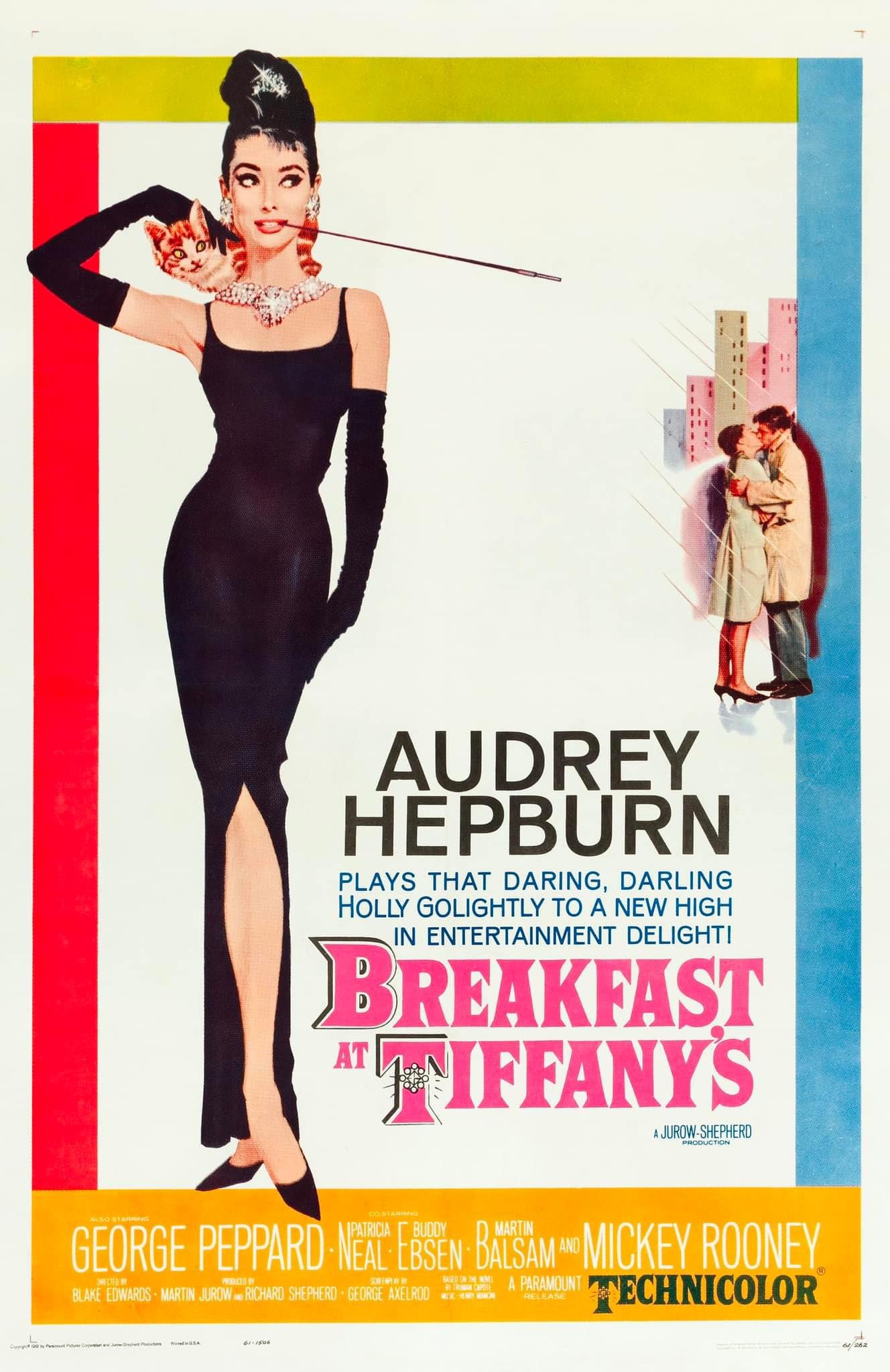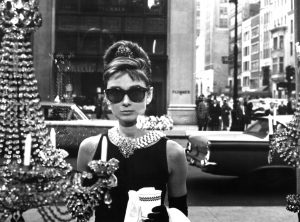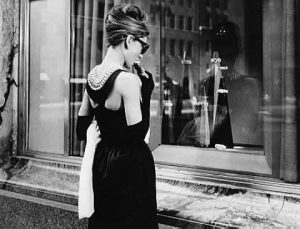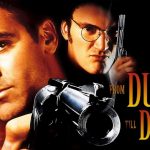Breakfast at Tiffany’s (1961)

Breakfast at Tiffany’s (1961) is an iconic romantic comedy-drama that has become a cultural touchstone in American cinema. Directed by Blake Edwards and based on Truman Capote’s novella of the same name, the film stars Audrey Hepburn as the charming and enigmatic Holly Golightly, alongside George Peppard as her love interest, Paul Varjak. With its mix of romance, humor, and bittersweet undertones, the film continues to captivate audiences decades after its release.
Suggested videos for you:
Plot Overview
Holly Golightly is a glamorous, free-spirited socialite living in New York City. She spends her days attending parties, charming wealthy suitors, and dreaming of finding a rich man to marry. Her life takes a turn when she befriends her new neighbor, Paul Varjak, a struggling writer supported by a wealthy older woman. As their friendship deepens, Paul begins to see through Holly’s facade, uncovering her vulnerability and the emotional scars she hides behind her carefree exterior.
Themes and Tone
At its core, Breakfast at Tiffany’s explores themes of loneliness, self-discovery, and the search for genuine connection in a world driven by materialism and appearances. Holly’s yearning to belong, symbolized by her dream of living a perfect life like the calm, glittering storefront of Tiffany & Co., resonates deeply.
The tone masterfully balances lighthearted comedy with poignant moments of introspection, creating a layered narrative that invites both laughter and reflection.
Performances
Audrey Hepburn’s portrayal of Holly Golightly is unforgettable. Her performance brings depth to a character who could have been merely a whimsical stereotype. Hepburn captures Holly’s effervescent charm, wit, and fragility, making her both endearing and heartbreaking.
George Peppard offers a grounded and earnest counterbalance to Hepburn as Paul. His subtle performance as a man wrestling with his own insecurities adds complexity to their romantic dynamic.
Mickey Rooney’s portrayal of Mr. Yunioshi, however, is a glaring issue. His exaggerated and offensive caricature of a Japanese neighbor has been widely criticized for its racism and remains a controversial blemish on the film’s legacy.
Direction and Style
Blake Edwards crafts a visually stunning and atmospheric film, with Manhattan serving as a vibrant backdrop. The opening sequence, featuring Holly gazing wistfully at Tiffany’s while eating a croissant, is one of the most iconic moments in cinema history. Henry Mancini’s Academy Award-winning score, particularly the haunting ballad “Moon River,” enhances the film’s dreamy and melancholic quality.
Edwards’ direction ensures the film flows smoothly, balancing moments of humor, romance, and drama. However, some of the broader comedic elements—like Rooney’s portrayal—feel jarringly out of place in an otherwise sophisticated film.
Conclusion
While Breakfast at Tiffany’s is not without its flaws, it remains a classic for its captivating performances, memorable music, and exploration of complex emotions. It’s a bittersweet portrait of longing, love, and the human desire for connection, anchored by Audrey Hepburn’s career-defining role.











